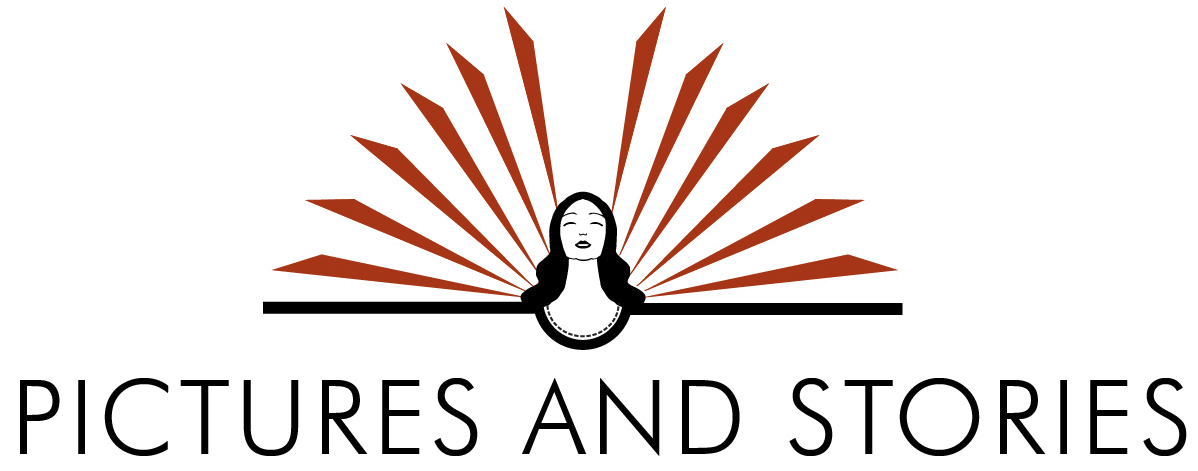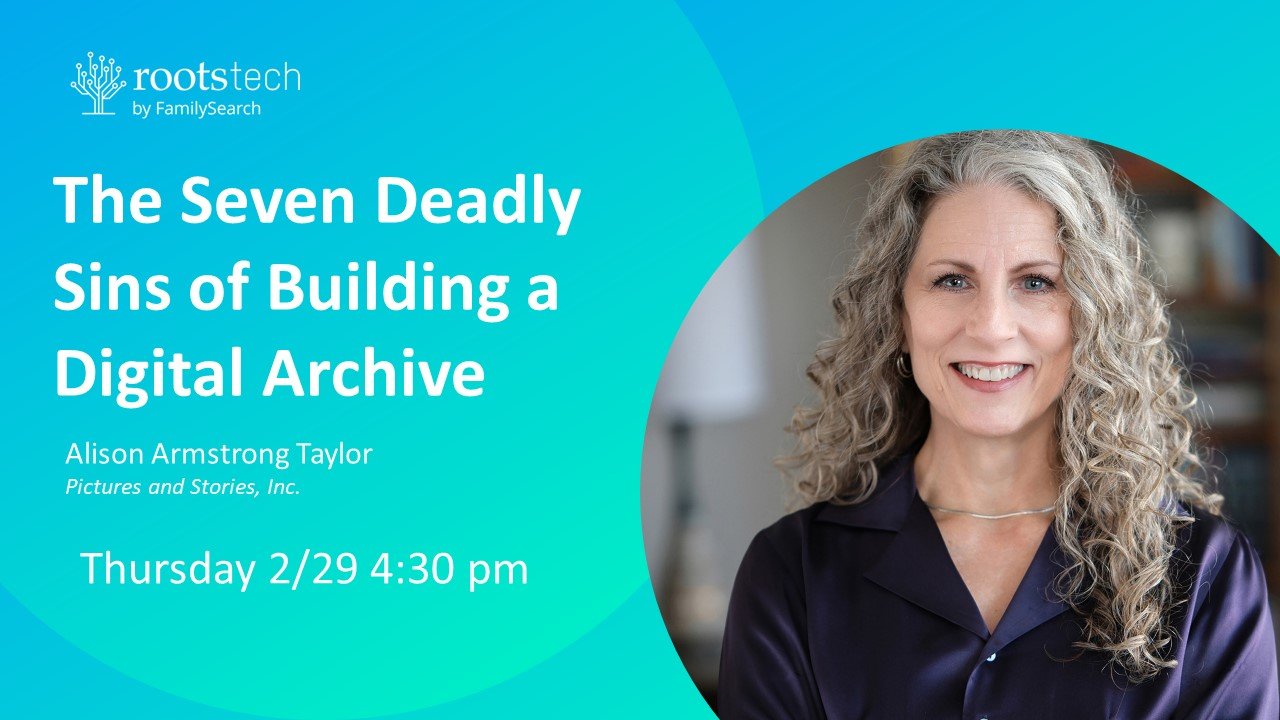Stephen Rockwood, CEO of FamilySearch International, talks about the importance of family stories in genealogical research.
It was a red-letter day for us in our career as personal historians: last week it was our great privilege to interview Stephen Rockwood, the brand-new CEO of FamilySearch International.
The idea of interviewing the leader of the largest genealogical organization in the world might have been just a teensy bit intimidating, but Rockwood immediately made us comfortable with his warm smile and easy manner. “If you’re from Boulder,” he joked (he himself just having recently moved to Utah from Colorado to accept the new post), “you can have anything you want!” It was a bit of a “celebrity crush” moment for me, being that FamilySearch.org is my number one addictive substance. (I probably spend more time there looking for ancestors than a 14-year-old spends playing World of Warcraft.)
Stephen Rockwood with me and our associate Joanne Milner, left. (Tom was behind the camera.) Rockwood's father, whose portrait is on the wall, left, was the inspiration for his passion for family history.
The Chart vs. the Heart
Because our passion is family history and personal storytelling, we were curious about the emphasis that FamilySearch has, in recent years, placed on encouraging users to upload stories, photos, and other memories of their family members in addition to historical data. We asked Rockwood about this change of focus. “It's not by happenstance,” he explained. “It is calculated. When we took a serious look at this, we found that the traditional approach to family history was names, dates and places, and charts. And then in the last 15 years, computers and charts and names, dates, and places. ...When someone decided, ‘I want to participate in [family history],’ what’s the first thing we’d do? We’d give ‘em a chart. We’d give ‘em a computer, and we said ‘What are the names, dates, and places?’”
As a result, this person who started out on fire about their family history would soon be mired in a “clerical funnel” which snuffed out their enthusiasm. “Only a few people would actually submit themselves to the clerical research,” Rockwood admitted. But for those few that had the patience and determination to get to the other side of that funnel, it suddenly got more exciting. “They would start sharing. [They would realize] ‘You know what? These aren't just names, dates and places; these are real people.’ And they'd start talking about the stories, and they'd start feeling the spirit that we know to be the Spirit of Elijah.”*
*For those unfamiliar with Mormon theology, the “spirit of Elijah” refers to the ancient prophet Elijah, to whom the Lord gave the power of “turning the hearts of the fathers to the children, and the hearts of the children to the fathers.”
Upside Down and Backward
An “upside down and backward” reboot in the approach to family history was needed. Rockwood and his team suggested, "If we're starting with charts and names, dates and places, so that they ultimately get to the stories and this unbelievable spirit motivates them to keep going, why don't we just turn it upside down? What if we started with stories?”
Starting with a story, they thought, would ultimately lead to the important genealogical data. “And ... you ultimately have to get [to the data]. But don't start there. Let's end there. Let's start with something that everyone can participate in, everyone can get excited about.” He calls this approach “start with the heart vs. the chart.”
This “upside down and backwards” approach is reflected in the booklet “My Family: Stories That Bring Us Together,” which is available worldwide in print and online from FamilySearch.org to help beginners in family history research. “There's a reason why the pedigree chart is on the last page,” which Rockwood admits drives some genealogists crazy. But the idea behind it was to start with what he calls a “normal conversation” about one’s family. “‘Tell me the name of your mother. What are some of your sweetest memories or stories about her?’ I don't have to refer to anything. I'm not gonna stop the conversation. I can tell you the name of my mother and my grandfather. I can tell you a story about them, and we're just conversing.”
He emphasizes the spiritual benefit of this family conversation. “We believe that the Holy Ghost is now part of that conversation, especially when you look at the fruits of the spirit [mentioned in] Galatians and Ephesians: ‘joy, peace, longsuffering, righteousness, truth.’ That all occurs when we're sharing family stories.”
The family storytelling process can be a bridge between generations.
By Default, It's a Family Thing
“We need to bring ‘family’ back in to ‘family history,’” Rockwood says, and explains that the family storytelling process can be a bridge between generations. "When you start with the chart, when you start with the computer, family history becomes a very singular, individual event.... How can we change the fabric of this so that immediately it's a social thing? By default, it's a family thing.”
Rockwood reminds us that every member of the family can assist in the effort. Older people may not have the skills or ability for internet research, but “the older people in every family are the heroes, because they know the stories. ...We have come to the point where we let the young people from the family do that computer work, and that's what they're heroes at, let the older people do the stories, let the rest of us try to bring it all together, and now it truly becomes a family affair.”
Stay tuned for more of the interview with Stephen Rockwood.
Also, he will be one of the keynote speakers at RootsTech 2016, so you don't want to miss it!





